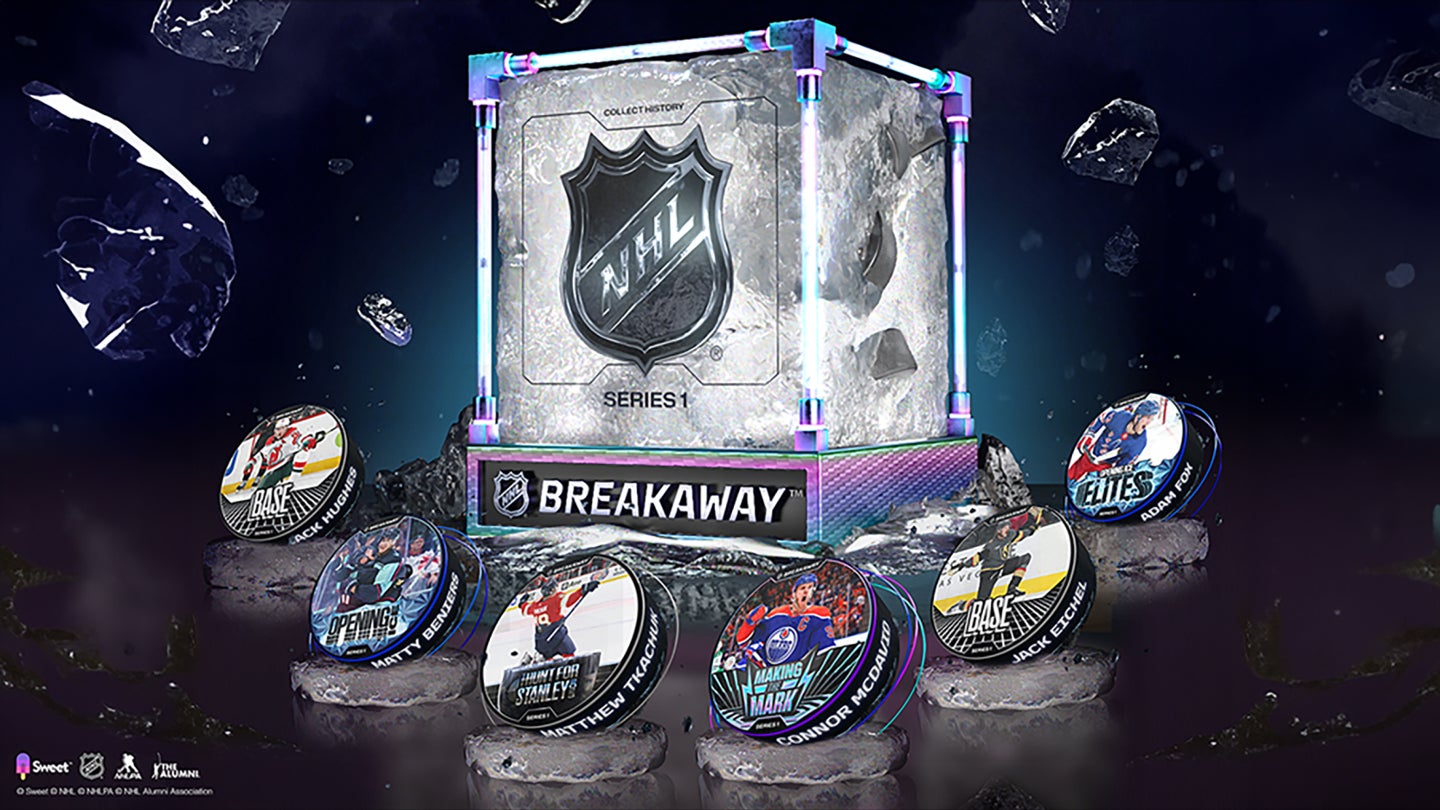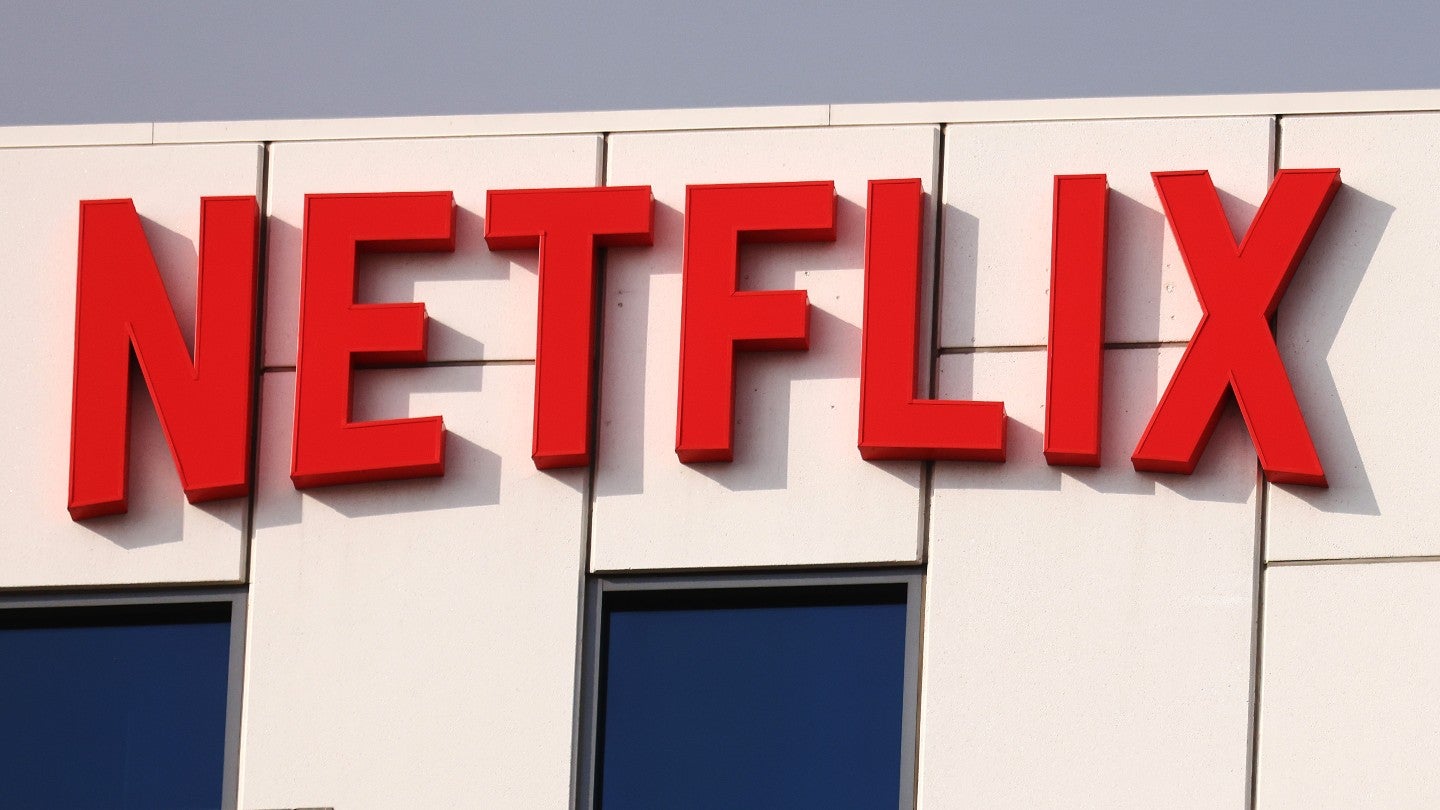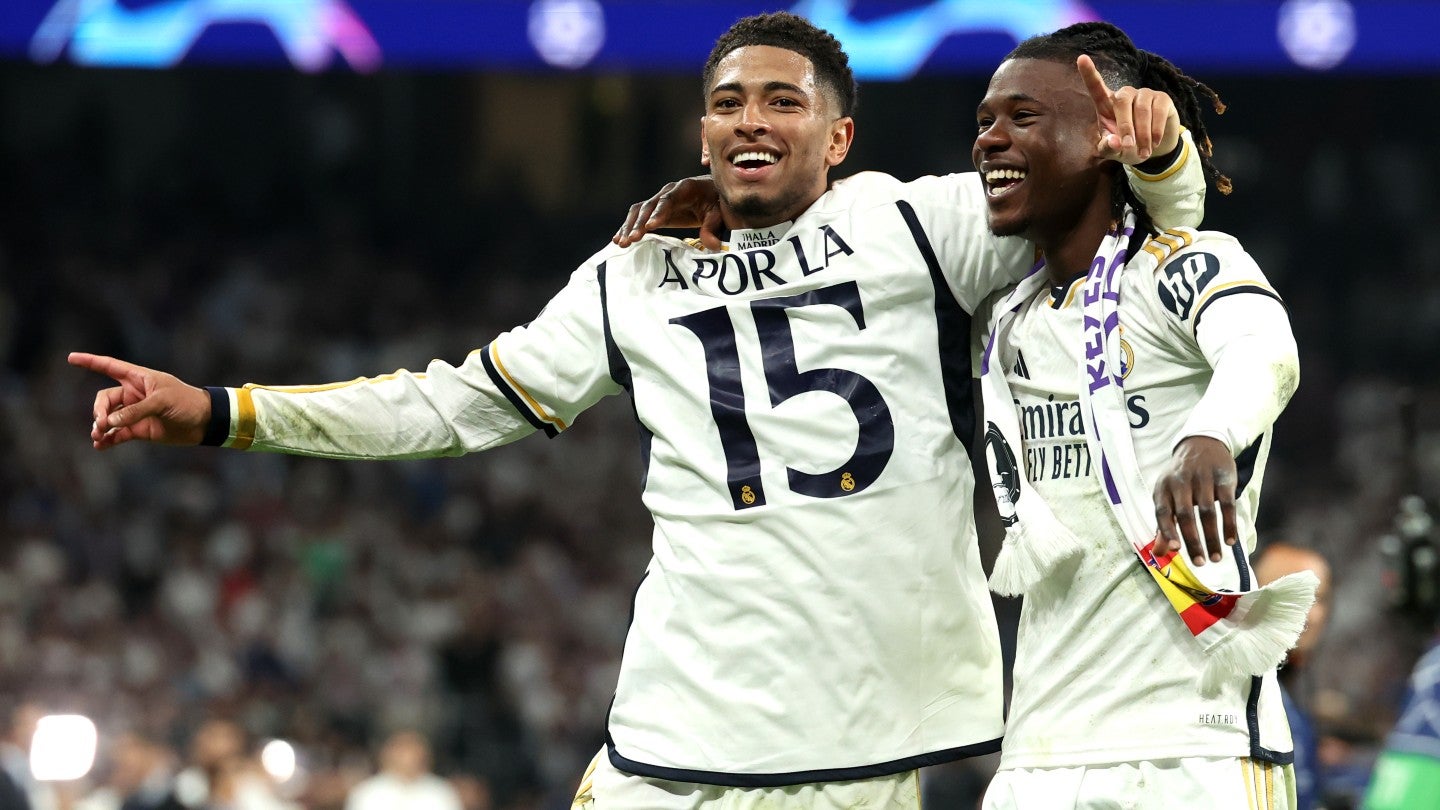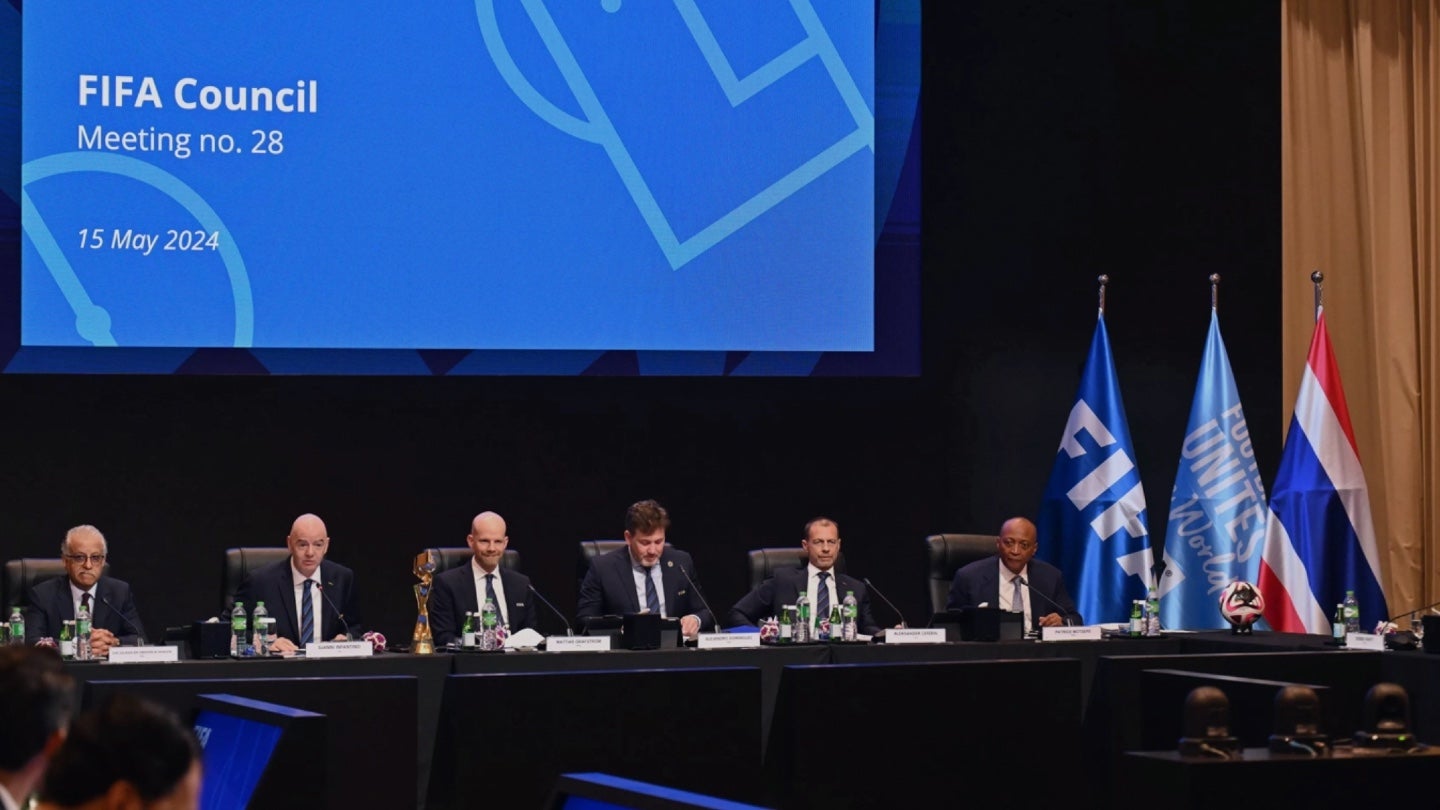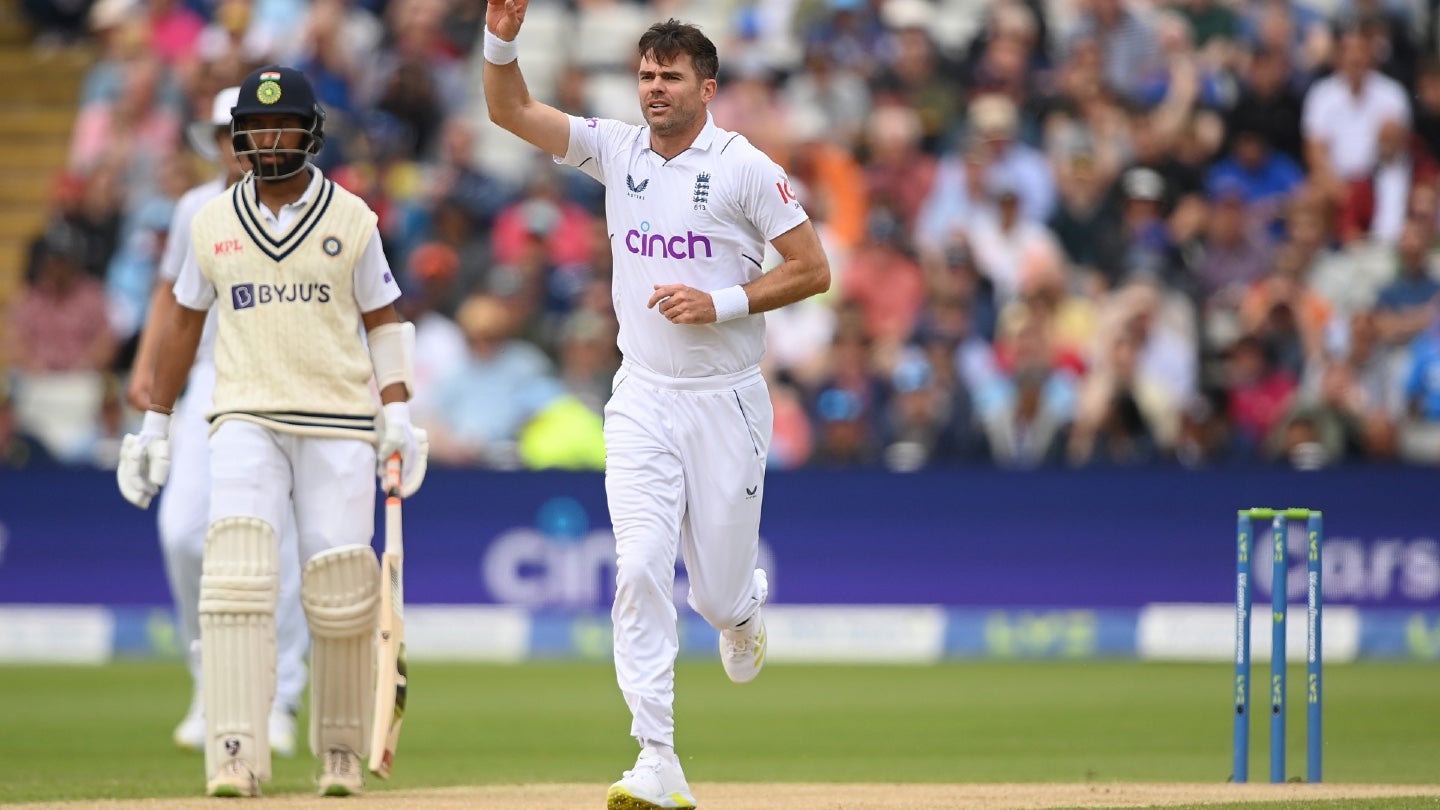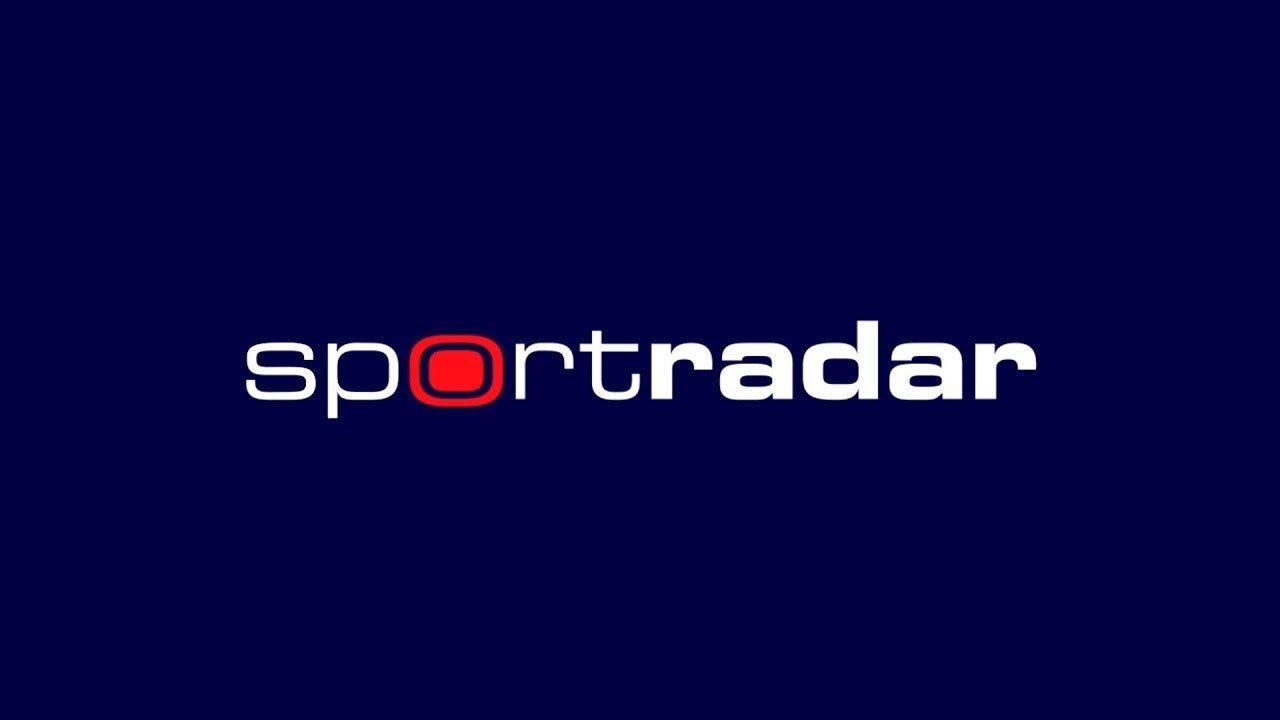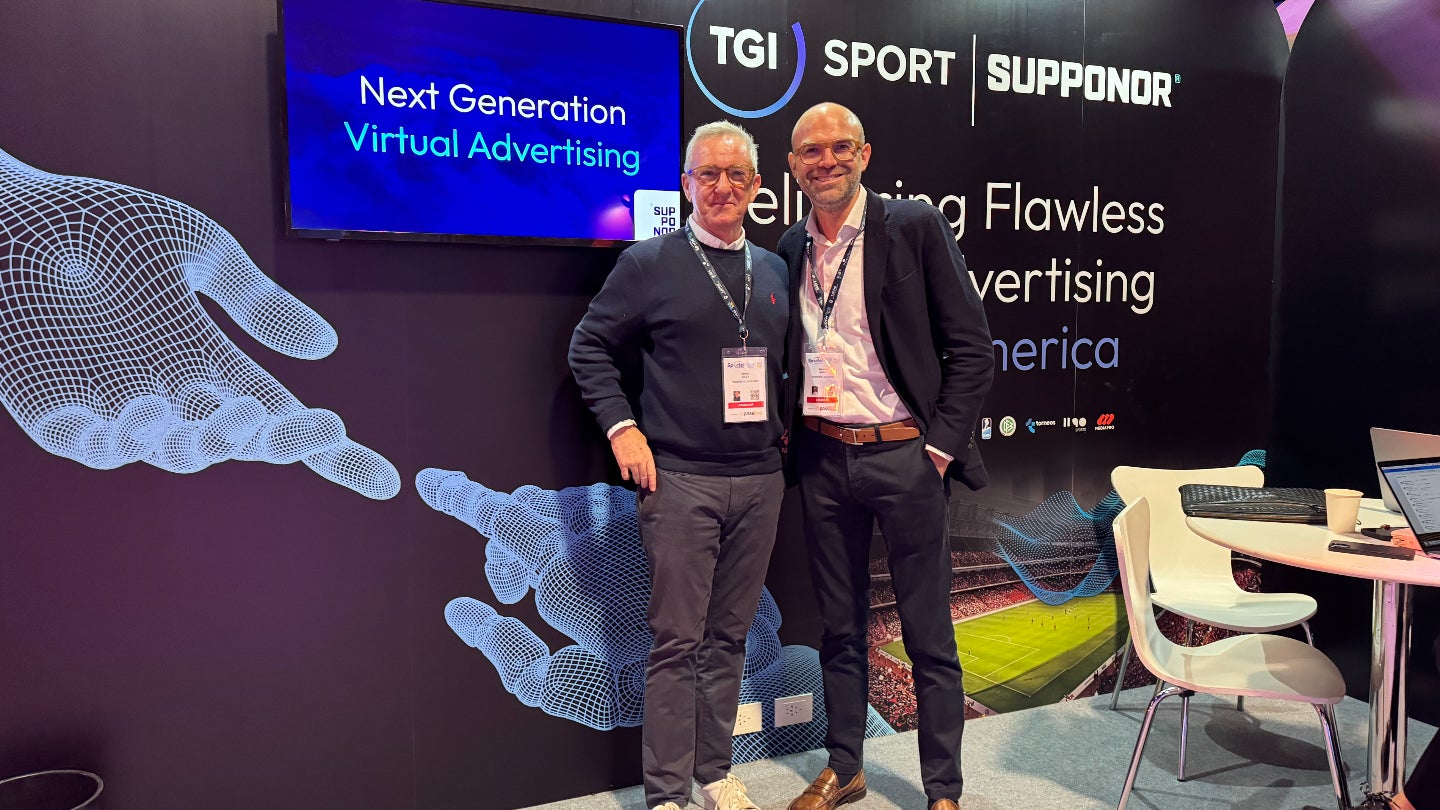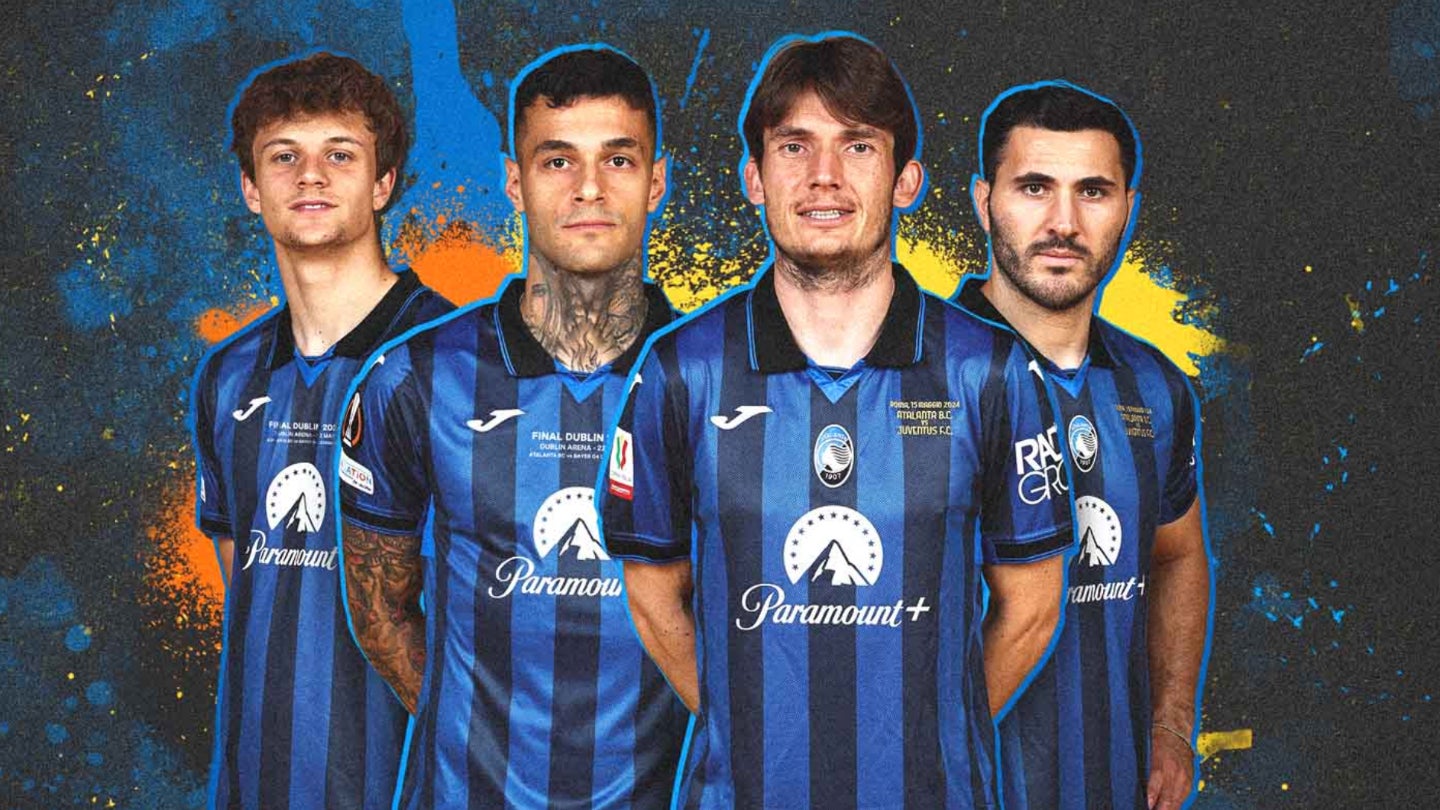In 2022, North American ice hockey’s NHL entered the non-fungible token (NFT) market after striking a multi-year agreement with digital collectible platform Sweet.
Sweet is now the officially licensed digital collectible of the NHL, offering digital collectibles carved out of NHL highlights from past and present seasons, as well as a trading marketplace, and issuing both digital and real-life prizes via the NHL Breakaway platform, which launched last November.
According to the Forkast 500 NFT Index, a gauge for NFT market performance, the NFT market’s peak came in January 2022.
However, according to the same index, the market has been in decline ever since, now having only 23% of the value it had at its 2022 peak.
This raises the question of why so many major sports leagues and clubs such as the NHL, the EPCR (governing body and organizer of the European Rugby Champions Cup), and major English soccer clubs Manchester City and Newcastle United, have all signed or extended NFT deals (or digital collectibles as they are now more commonly known) in 2024, two years after the technology’s financial peak.
The answer - from a non-cynical perspective - seems to lie in efforts to increase fan engagement and internationalization in sports, rather than efforts to make speculative financial investments.
Jason Runnion, vice president of marketing at Sweet, has noticed this change in the NFT space over the last two years, and explains his thought process in an extensive interview with GlobalData Sport (Sportcal).
As he explains: “Things won’t necessarily go back to the way they were.
“The goal wasn't to come out of the gate and say 'here's another speculative project like any other projects that you might have already participated in', the goal was to say we're working in close partnership with the NHL, the partners, the players' association, to develop a product on our platform that fans will actually enjoy.”
How to achieve NFT mass adoption
Given this move away from seeing NFTs as a speculative investment, and more as a fun digital collectible for fans, companies in this space have had to change their approach to marketing, with less focus on web3 terminology and education around web3, replacing it with more focus on attracting your average sports viewer.
The focus for the consumer is now less on making money by owning NFTs, and more on engaging in a digital counterpart to sports card collecting.
Laith Murad, chief marketing officer at Sweet, clarifies: “Crypto blockchain technology, that's just the underlying technology. That underlying technology was never the focus. It's about the players, content, and teams. That's what fans are interested in.”
Runnion adds: “A lot of people in the web3 space talk about mass adoption, and how to get more people into web3. How you do that isn't by talking about web3, blockchain, and technology, in the same way that I don't get hooked on the latest streaming service by telling you about how amazing it is that Netflix is on Amazon Web Services.
“I just show you the content that's on Netflix. It's the same [in our industry] - not talking about web3, or blockchain, although those are important structures that underpin our platform. Especially in a nascent space like this, it's important to increasingly engage the everyday fan with the content and next generation of highlights.”
Fan engagement
One such way that companies like Sweet envision digital collectibles increasing fan engagement is by undertaking the usual activities that come with physical collectibles, but then extending their reach past physical barriers, allowing fans to interact with their teams and each other globally.
Digital collectible companies say they see the space as an opportunity to create fan communities across borders, which comes amid various sports’ internationalization efforts.
The NHL is one of those sporting properties focused on internationalization, with the US league having a 2024 NHL Global Series Challenge, staging matches in Germany on September 27, the Czech Republic between October 4 and 5, and in Finland from November 1 to 2, which seems to suggest a clear appetite for global expansion.
Murad explains: “I have friends who were in the hockey space, but they no longer live near me. So, I can't just hand over the cards and trade. But now I can do it [digitally].
“So it’s this whole idea that I can start trading with people in London who are hockey fans and they can be a part of the community. That's something really important, the community element of these fans coming together. That when you become a part of this - you're not just an individual, you're a part of a community of hockey-loving fans who are looking to collect and talk about the game, and you have a place to go. That's unique.”
Challenges
Despite all of this, the market is not yet at the mass adoption stage, with those in the digital collectibles space still having trouble attracting regular fans who are not interested in collectibles, but are simply traditional ice hockey fans.
Many supporters, while used to buying physical items such as team jerseys, are either not familiar with the idea of digital collectibles, don’t understand it, or have simply been put off by the wave of (sometimes self-inflicted) bad publicity in the sector post-2022.
While NFTs were technically first invented in 2014, the technology was still very much in development, with Ethereum integration (now the standard) happening in 2015, and the market not gaining popularity until 2021, when it became popular in the art world.
This was the same year that US basketball giants the Golden State Warriors became the first sports team to release its own range of licensed NFTs, meaning the specific market has only technically existed for three years.
Murad explains: “If you look at our platform , it's early stages. Some of the challenges that affect the entire market are as a result of the fact that sports digital collectibles as a whole are still in the early stages, despite the fact that there was a boom a few years ago.
“As a fan you want to show off your colors and your fandom. Often that means you're buying a jersey, hat, sweatshirt, or something of that sort. The idea now is that all these moments have gone digital.
“We have to help educate, on a macro level, the entire industry, so that's always going to be a challenge until we get there. But we're really confident that if you look at the space of digital collectibles, sports is where there's a huge opportunity. Sports is where we believe the mass adoption will come from, and that's because fans like to relive the moments in their head.
Murad believes that while “the collectors have woken up to it, the mass market of fans who go and turn on the television on Saturdays and Sundays to watch, are not there yet.”
He concludes: "They'll get there. We're 100% confident they'll be there. It's just a matter of learning and adjusting to this notion that these memories are collected on your phone, digitally.”


